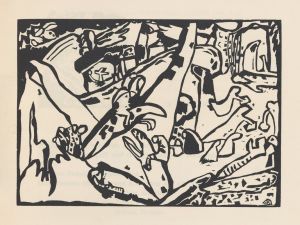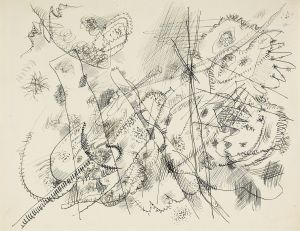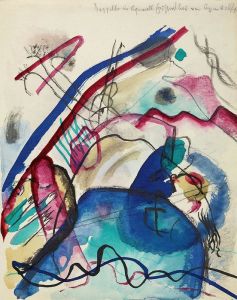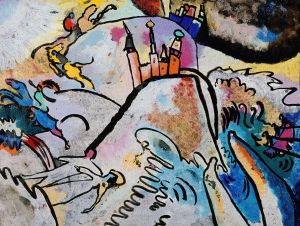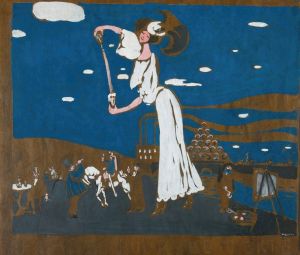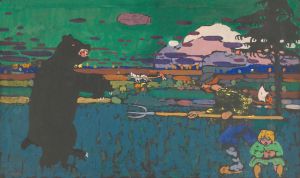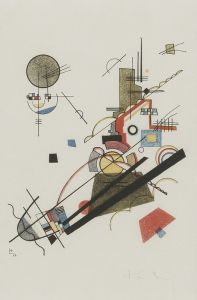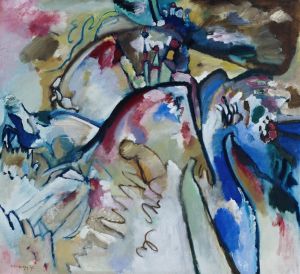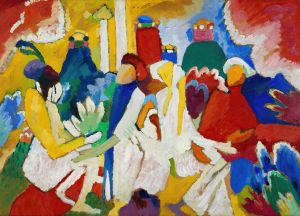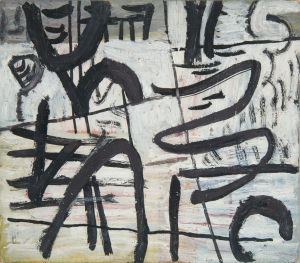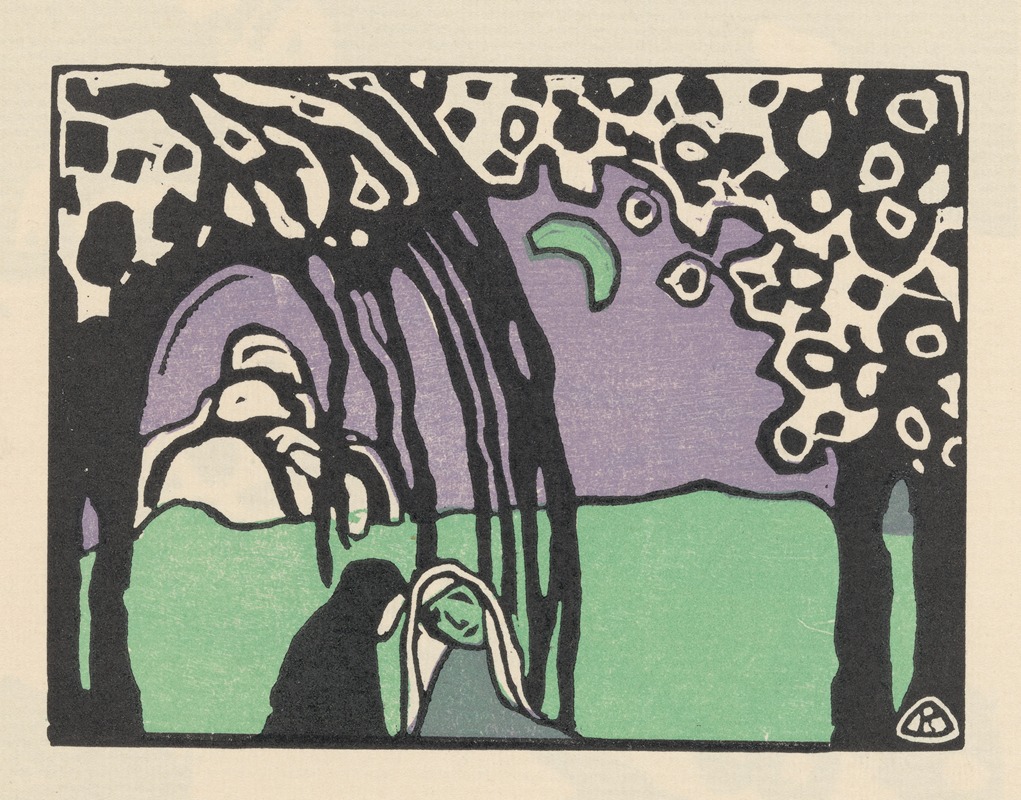
Klänge Pl.20
A hand-painted replica of Wassily Kandinsky’s masterpiece Klänge Pl.20, meticulously crafted by professional artists to capture the true essence of the original. Each piece is created with museum-quality canvas and rare mineral pigments, carefully painted by experienced artists with delicate brushstrokes and rich, layered colors to perfectly recreate the texture of the original artwork. Unlike machine-printed reproductions, this hand-painted version brings the painting to life, infused with the artist’s emotions and skill in every stroke. Whether for personal collection or home decoration, it instantly elevates the artistic atmosphere of any space.
"Klänge Pl.20" is a work by Wassily Kandinsky, a pioneering Russian painter and art theorist, widely recognized as one of the leading figures in abstract art. This piece is part of his influential book "Klänge" (Sounds), which was published in 1913. "Klänge" is a significant work that combines poetry and woodcuts, showcasing Kandinsky's innovative approach to art and his exploration of the synesthetic relationship between visual art and music.
Wassily Kandinsky was born on December 16, 1866, in Moscow, Russia. He initially pursued a career in law and economics, but his passion for art led him to study painting in Munich, Germany. Kandinsky's early works were influenced by Impressionism and Post-Impressionism, but he gradually moved towards abstraction, seeking to convey emotions and spiritual experiences through color and form.
"Klänge" is one of Kandinsky's most important contributions to the development of abstract art. The book consists of 56 woodcuts and 38 poems, reflecting his belief in the interconnectedness of different art forms. Kandinsky's interest in synesthesia, the phenomenon where stimulation of one sensory pathway leads to involuntary experiences in another, is evident in this work. He aimed to create a multisensory experience, where the visual and literary elements complement and enhance each other.
"Klänge Pl.20" is one of the woodcuts featured in the book. Like many of Kandinsky's works, it is characterized by its abstract forms and vibrant colors. The woodcut technique allowed Kandinsky to experiment with texture and contrast, creating dynamic compositions that evoke a sense of rhythm and movement. The abstract nature of "Klänge Pl.20" invites viewers to interpret the piece subjectively, drawing on their own emotions and experiences.
Kandinsky's work in "Klänge" reflects his theoretical writings on art, particularly his ideas about the spiritual in art. He believed that art should transcend mere representation and evoke deeper emotional and spiritual responses. This philosophy is evident in "Klänge Pl.20," where the abstract forms and interplay of colors aim to evoke a sense of harmony and inner resonance.
Throughout his career, Kandinsky continued to develop his theories and artistic techniques, becoming a key figure in the Bauhaus movement and influencing generations of artists. His work in "Klänge" remains a testament to his innovative spirit and his commitment to exploring the boundaries of artistic expression.
In summary, "Klänge Pl.20" by Wassily Kandinsky is a notable example of his abstract art, featured in his groundbreaking book "Klänge." The piece exemplifies Kandinsky's exploration of the relationship between visual art and music, his use of abstract forms, and his belief in the spiritual power of art. As part of "Klänge," it contributes to Kandinsky's legacy as a pioneer of abstract art and a visionary thinker in the world of modern art.






